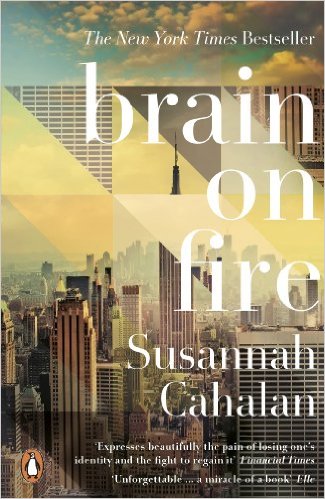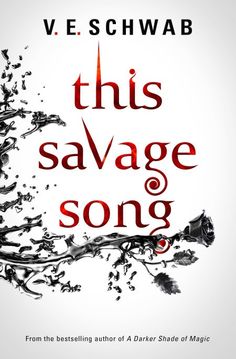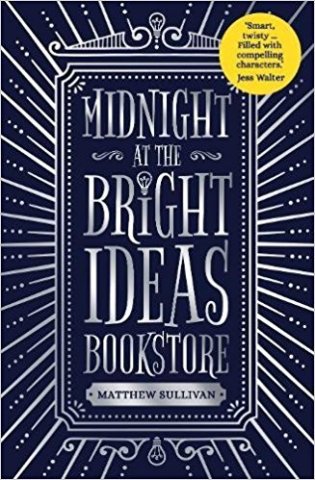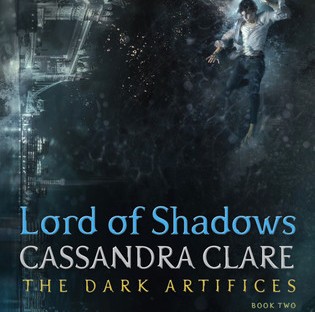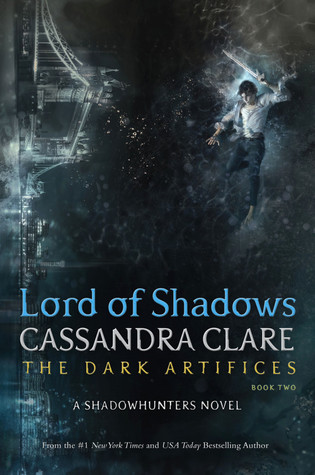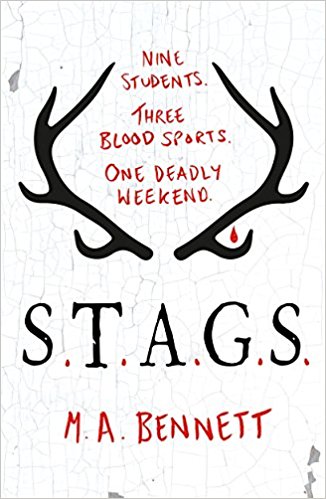
S.T.A.G.S. M.A. Bennett. Hot Key Books. August 2017.
Nine students. Three bloodsports. One deadly weekend.
It is the autumn term and Greer MacDonald is struggling to settle into the sixth form at the exclusive St. Aidan the Great boarding school, known to its privileged pupils as S.T.A.G.S. Just when she despairs of making friends Greer receives a mysterious invitation with three words embossed upon on it: huntin’ shootin’ fishin’. When Greer learns that the invitation is to spend the half term weekend at the country manor of Henry de Warlencourt, the most popular and wealthy boy at S.T.A.G.S., she is as surprised as she is flattered.
But when Greer joins the other chosen few at the ancient and sprawling Longcross Hall, she realises that Henry’s parents are not at home; the only adults present are a cohort of eerily compliant servants. The students are at the mercy of their capricious host, and, over the next three days, as the three bloodsports – hunting, shooting and fishing – become increasingly dark and twisted, Greer comes to the horrifying realisation that those being hunted are not wild game, but the very misfits Henry has brought with him from school…
I picked this book up at YALC on the recommendation of somebody I met in the Waterstones queue. As soon as she had explained the concept to me I was SO desperate to read it that I immediately ran to the Hot Key Books stand, terrified that they might sell out before I got there. Thankfully I got my copy, despite the book being their best-seller of the weekend! As I was so excited to read this, I had very high expectations, but I’m happy to say I wasn’t disappointed. This book was SO exciting, and I was hooked from the very intriguing beginning to the chilling final sentence.
S.T.A.G.S. tells the story of Greer, a scholarship student who is struggling to fit in at her elite boarding school. Having made no friends by the time the first school holiday rolls around, she is excited and surprised when she receives an invitation to spend the weekend at Longcross, an estate in the Lake District belonging to the de Walencourt’s, a wealthy family who have been attending S.T.A.G.S. for generations. There is something off about this invitation from the beginning, because neither Henry de Walencourt, nor his group of friends (who refer to themselves as ‘the Medievals’) have ever spoken to Greer, except to make fun of her Manchester accent. Nevertheless, Greer is charmed by Henry, intrigued about the group’s way of life, and lonely, so she accepts without question.
This book is beautifully written, with vivid, immersive descriptions that transported me directly into the story’s setting. S.T.A.G.S (which the author herself has described as a kind of ‘dark Hogwarts’) was a wonderful creation, and the worldbuilding employed to set the scene was magnificent. Longcross estate was also constructed with so much detail that I believed in its existence wholeheartedly. I adored all of the descriptions of the vast rooms and endless corridors, the named bedrooms with their roaring fireplaces, and the sinister presence of stags’ heads on almost every wall. I also appreciated the detail which went into describing every elaborate dinner which took place at Longcross. Every page felt like taking another mouthful of some rich, decadent meal – one in which you can taste every single flavour – and it was just so satisfying to read.
The characters in S.T.A.G.S. are just as layered as the setting. Although there are nine characters in total (eleven if you count ‘Perfect’, the creepy headkeeper of the estate who never speaks unless it’s to his master, and ‘Betty’, his surly wife), they were all well drawn and distinctive. The dialogue in this book was fabulous, and it was never difficult to tell which character was speaking because they all had a clear ‘voice’.
There are only three likeable characters in this novel, and all of them are ‘outsiders’: we have Greer, our main character, Nel, a girl who doesn’t fit in because she comes from the ‘wrong’ kind of money, and Shafeen, an Indian boy, who despite growing up with the same privileges as them, is mercilessly bullied by the Medievals. I really enjoyed the bond that begins to form between these three characters as they start to realise they are in danger. The rest of the characters, the Medievals, are all unlikeable, and yet there is something seductive about them too; I found it so interesting to see the way Greer found herself manipulated by them and the charm they could so believably conjure, and yet quickly and bluntly turn off when they were about to do or say something insidious.
One of the most interesting things about the novel was the exploration of privilege and ‘otherness’. Greer, Shafeen, and Nel are considered to be ‘different’ by the Medievals. They don’t fit in to the aristocratic, white, privileged world of the Medievals; Greer because of her class, Shafeen because of the colour of his skin, and Nel because of her family’s ‘new money’. The views the Medievals held disgusted me, and the ignorant way Shafeen in particular was treated was very hard to stomach. The Medievals’ sense of entitlement and self-importance led each of them down a very dark path in this book, and I think their belief in what they were doing, and the casual, dispassionate way they went about it, as if they were doing nothing wrong, were the most chilling aspects of this novel. Naturally there was a fight against their bigotry in this story, but I would have liked to have seen a stronger counter to what the Medievals were saying. I wanted Greer to speak out more. I understood that she was being seduced and manipulated by Henry, but I did find myself getting annoyed with her every time she gave him the benefit of the doubt.
What I loved most about this book was the creepy atmosphere and tension it managed to sustain throughout. I loved that even in scenes of supposed safety, nothing felt safe. This book wasn’t super-gory like I was expecting, but somehow it didn’t need that to be utterly chilling. I also felt that, even without the concept of the teenagers themselves being hunted, the scenes where the Medievals were hunting and shooting animals were sinister enough in their own right.
This book really made me think about the brutality of hunting, and the arrogance of it too: assuming that our lives are more important than the lives of animals, and the idea of hunting them for sport, for fun, makes me feel sick. Of course, I’ve always held that opinion, but reading about it made me consider that maybe I should do more in terms of fighting against it, particularly as our conservative government in the UK want to lift the ban on fox-hunting. Going back to the story, however, what was most interesting and terrifying about the hunting scenes was how compelling they were to read, despite the repulsiveness of the action they contained. The scenes were so immersive and atmospherically written that it was somehow believable that Greer would be swept away by it all, even if she disagreed with it in principle. Very clever storytelling.
The ending of this book was unexpected and the last sentence gave me chills. I can’t really say any more about that because I don’t want to spoil anything, but it was the perfectly sinister way to end a book. If you want to read something dark, original, well-written, and gripping I highly recommend giving S.T.A.G.S. a read. I gave this book five stars, and I can’t wait to see what the author writes next.
